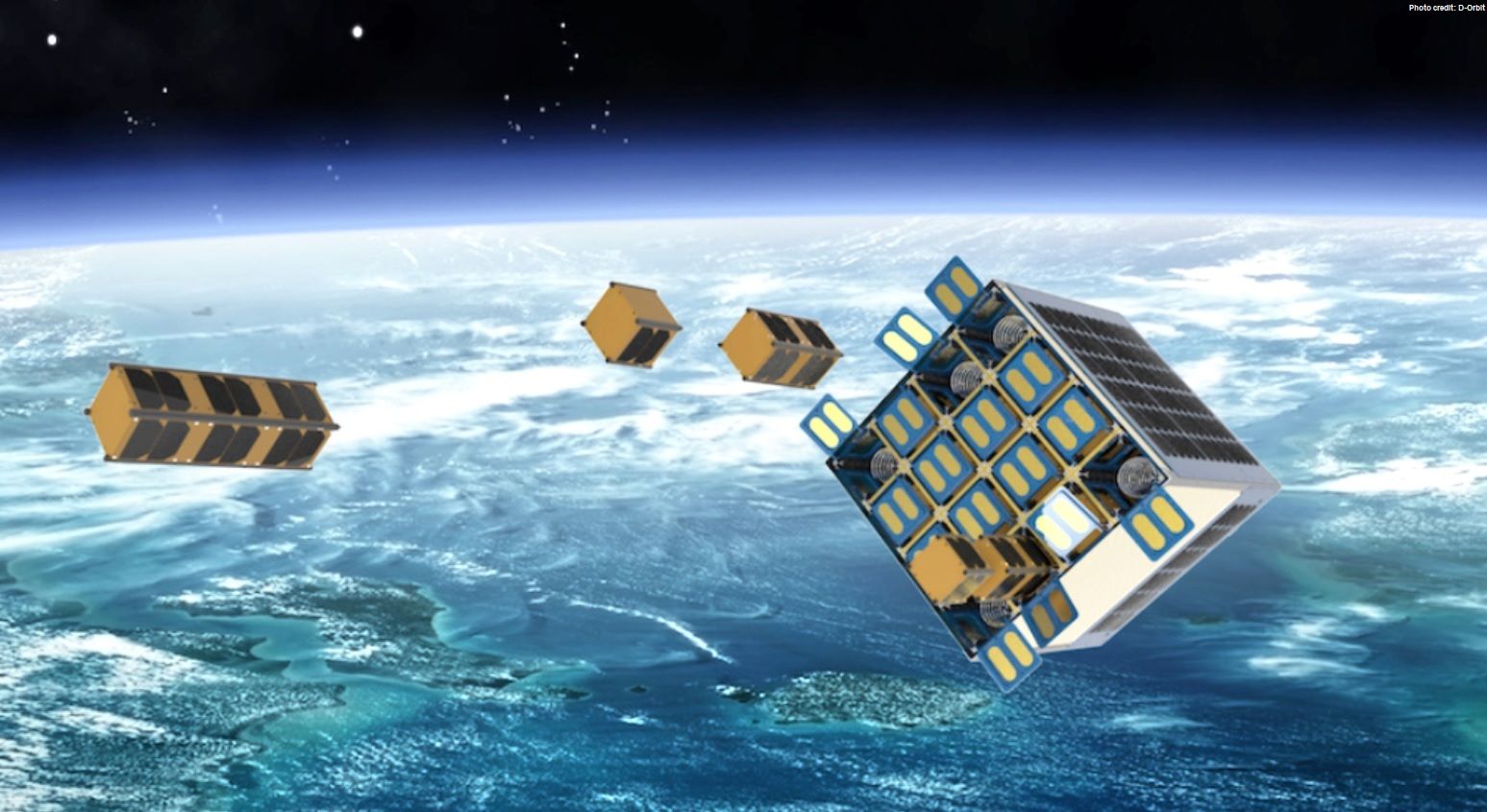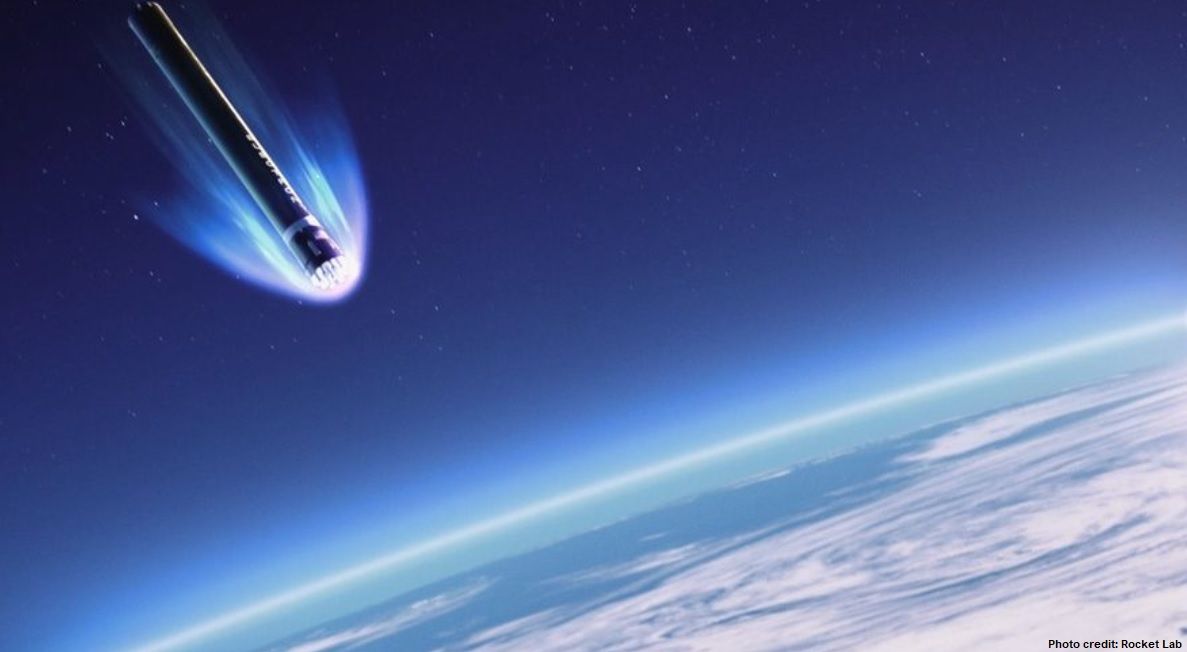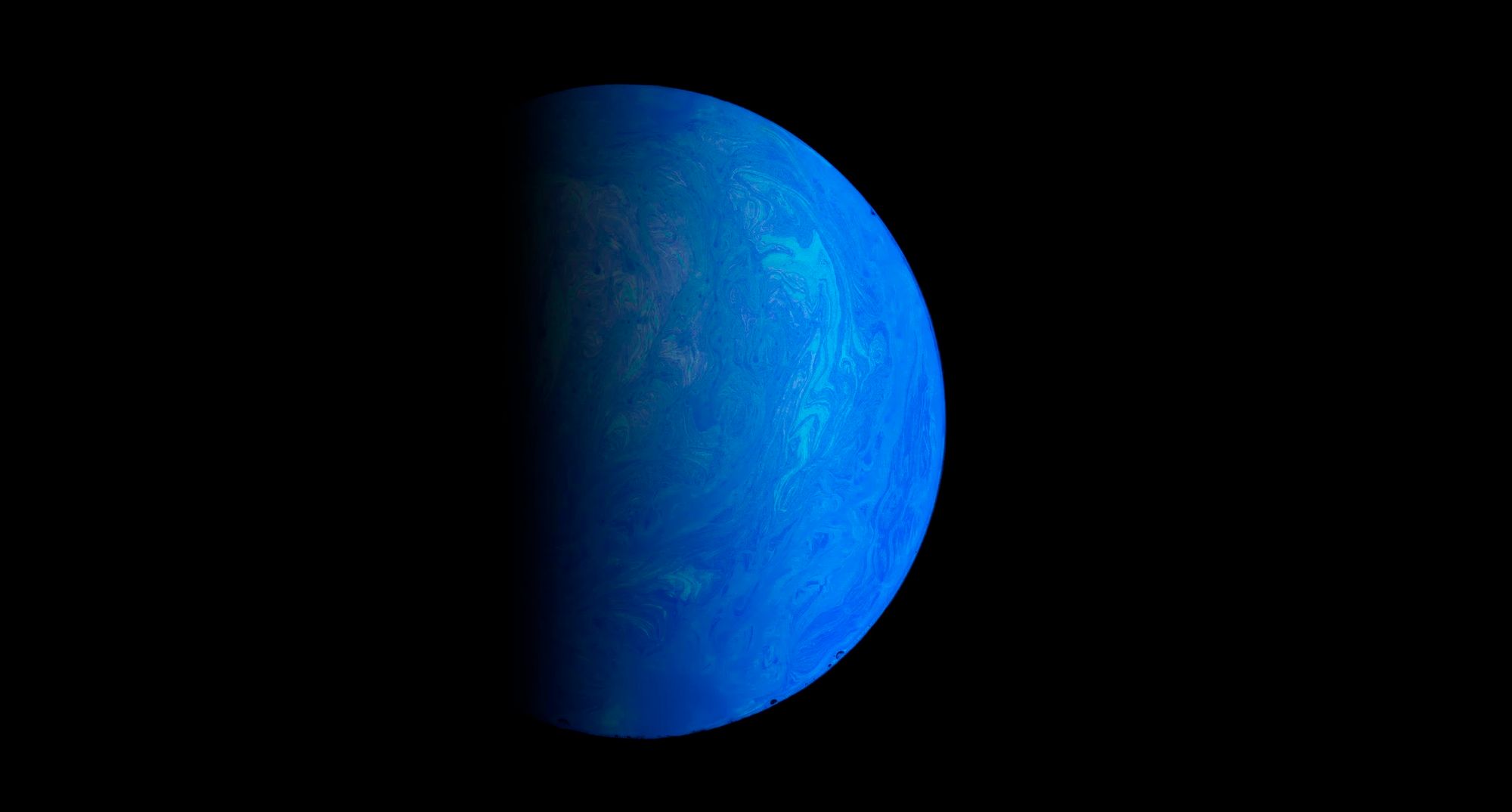📚 E-book: Top 20 Space Breakthroughs 2020
2020 has been a very special year in space and in space-related activities. It has seen a long series of breakthroughs that have changed the way we think about space – here are the top 20.
🤝 NASA signs new Artemis agreements with Canada and Brazil
A Canadian astronaut will fly on the Artemis II mission to the Moon. Canadian engineers will build a robotic arm to the lunar Gateway. Brazil shows intent to sign the Artemis Accords and possibly contribute with a Brazilian-built Moon rover.
🇺🇸 New U.S. space policy sets goal on human missions to Mars
The new National Space Policy of the USA, published December 9th, presents an updated list of the nation’s space goals. These include enabling Mars travel and space resource utilization. A permanent presence on the Moon is also on the list.
🌑 Chang’e-5 returns with a rock sample from the Moon
China has completed the cutting-edge mission to bring back samples from the Moon to the Earth for the first time since the 1970’s. The Chang’e-5 mission involved many challenging steps, including a docking in lunar orbit and a bounce re-entry into the Earth’s atmosphere.
☄️ Welcome to Earth, Ryugu dust!
Scientists from the Japanese state space agency JAXA have now opened the sample return capsule brought to Earth from the asteroid Ryugu. The sample was dropped off from the Hayabusa2 spacecraft 10 days ago as it flew past Earth, completing a sample-return mission lasting 6 years.
🛰️ ESA buys a pioneering debris removal mission from Swiss start-up ClearSpace
The European Space Agency (ESA) yesterday signed a contract worth 86 million Euros to purchase a mission to remove a space junk object from orbit. Scheduled for 2025, this would be the first such mission in the world.
🛰️ First commercial “space taxi” service for satellites into orbit demonstrated
D-Orbit has made the first ever completion of a commercial “space taxi” service for satellites, deploying satellites into dedicated orbits from a deployer module that was itself launched into orbit on a carrier rocket.
🚀 Rocket Lab successfully completes booster recovery
Rocket Lab joins the list of private launch companies to have successfully recovered the first stage of a rocket after launch. The stage survived atmospheric reentry and a controlled fall into the Pacific Ocean.
🔭 First ever exoplanet discovery made by artificial intelligence
Astronomers applied a machine learning algorithm to validate the presence of exoplanets on telescope images, resulting in 50 new confirmed discoveries.









